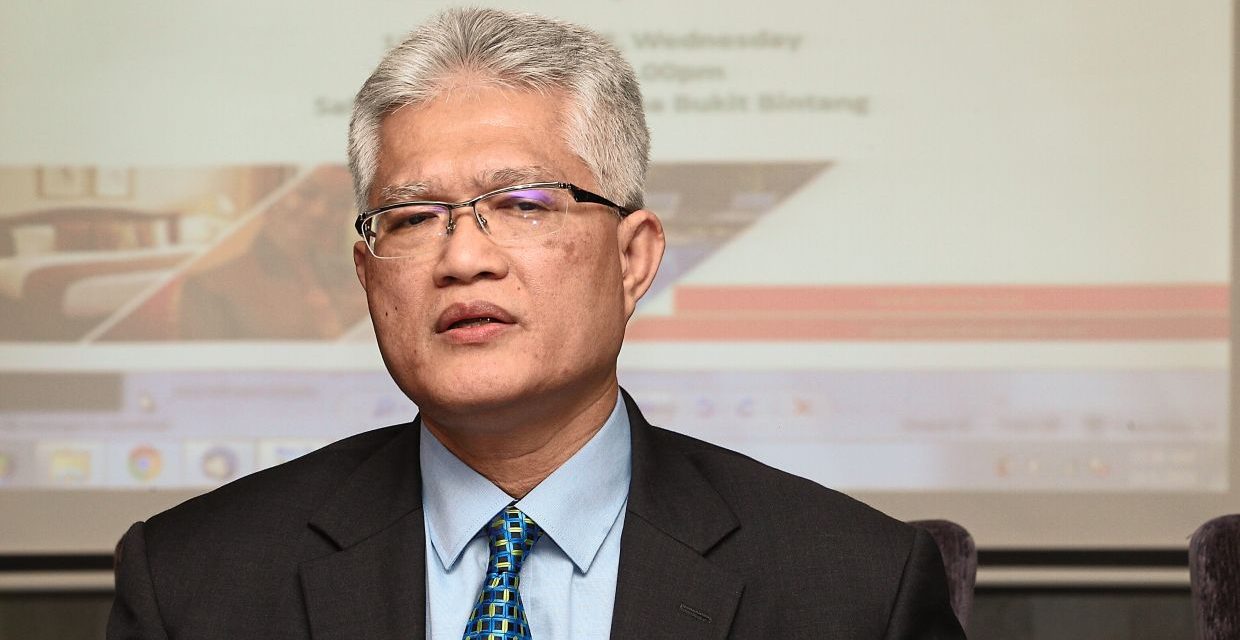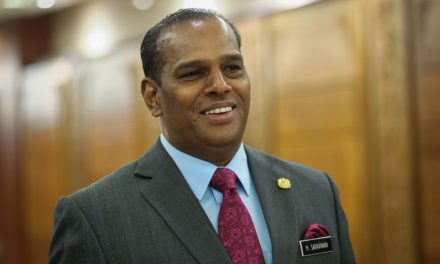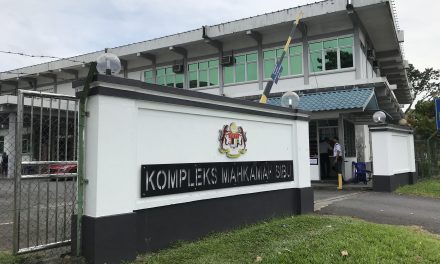WHILE frontliners the world over have been waging a war to break the chain of Covid-19 infections, governments are grappling to deal with its aftermath by implementing various measures with an eye on the future.
On one hand, global production and demand have plummeted; on the other, many workers have lost gainful employment and their source of income.
In the United States alone, the pandemic has left more than 42 million people jobless and Malaysia is not spared as well, said Social Security Organisation (Socso) Employment Insurance System office chief Datuk Mohd Sahar Darusman.
“Fortunately, the pandemic comes at a time when Malaysia has established a more solid institutional framework to deal with economic uncertainty, particularly in protecting the labour market and employment,” he said, adding that it might have been a different scenario altogether a decade ago.

Noting that the government acknowledges that the loss of employment is not always the fault of workers or even employers, Sahar pointed to the after-effects of the 2008 global financial crisis, where more than 100,000 workers lost their jobs.
To ensure that history does not repeat itself, the government introduced the Employment Insurance Scheme (EIS) in 2017 to help workers cope with the loss of employment (LOE) by providing immediate financial and job search assistance.
LOE is among the economic barometers used to measure the economic health of the country.
Fast forward a few years, the EIS – which is managed by Socso, an agency under the Human Resources Ministry – is now taking centre stage in the government’s efforts to alleviate the impact of the pandemic on the Malaysian labour market.
In 2018, Sosco EIS received 23,697 LOE claims, with the figures spiking to 40,084 the following year. The jump from 2018 to 2019 might seem immense, but it is nothing compared to current numbers. As at Aug 17, Socso has processed 73,141 LOE claims – more than the LOE claims for two preceding years combined.
He said, “As bad as it sounds, the situation could have been much worse, had the government not intervened with unorthodox solutions.”
Helping companies retain workers
Another step taken by the government to safeguard the employment of Malaysians was the introduction of the Wage Subsidy Programme during the height of the movement control order, which gave businesses, especially small and medium enterprises – the nation’s biggest employer – a welcome breather.

The programme to assist employers economically affected by the pandemic has two-pronged objectives, namely ensuring that employers are able to continue operating and at the same time, preventing employees from losing their jobs.
A total of RM19.1bil was allocated to Socso to administer the wage subsidies. Malaysians earning less than RM4,000 a month are eligible for the subsidy, which is provided for a period of six months for each employee, with the amount depending on the size of their company’s workforce.
Under the programme, for the first three months, companies that employ more than 200 workers receive RM600 per retained employee and those with between 76 to 200 employees get RM800 per employee.
Companies with 75 employees, which constitute the majority of employers in the country – will get RM1,200 per worker. For the three months after that, the amount of subsidy is at a flat rate of RM600 per worker, regardless of the workforce size.
Since its implementation in April 2020 and up to Aug 17, the Wage Subsidy Programme has benefitted 329,240 employers and 2.7 million employees. On top of the wage subsidy, 73,141 employees who lost their jobs are still eligible to claim EIS benefits.
“The Covid-19 pandemic has illustrated the need to have a dynamic labour market institution such as the EIS to ensure a robust employment environment, especially during a crisis,” Sahar stressed.
“Given the volatile economic situation, the question is how do we ensure that the Malaysian workforce is ever-ready to face global crises in the future?”
He went on to say that one of the strategies that the Human Resources Ministry is undertaking is to improve the legal framework of the EIS, in order to facilitate “a more proactive and forward-looking labour market intervention, rather than a reactive approach.”
“The EIS – as its name suggests – should protect employment and not merely help a worker when LOE has occurred.
“The system should also be equally able to protect the employers during economic hardship, which will indirectly preserve the employment of workers,” he stressed.
Proactive policy
Moreover, while Sahar lauded the Prihatin and Penjana initiatives such as the Wage Subsidy Programme and Hiring Incentive, he pointed out that these were one-off programmes implemented by the government to address immediate employment issues arising from the pandemic.
He added, “We cannot expect to institute these programmes for a one-time crisis, over and over again. This approach is taxing, bureaucratic and time-consuming.
“Rather, the programmes should be a permanent fixture of our economic policy, not only to deal with rare extreme economic crises, but also to manage recurring business cycle fluctuations and partial shock adjustments.”
Sahar called for a legal framework to put in place such programmes, as it would be more manageable for the government, employers and employees to have the Wage Subsidy Programme activated the instant a crisis strikes.
“These crises could come in many different ways and locality, yet with severe consequences like what happened to a neighbouring country when they were hit by a devastating flood almost a decade ago,” he said.
He thus reaffirmed Socso’s view – given its experience in administering the ongoing Wage Subsidy Programme – that such a programme be made a permanent feature and incorporated in the EIS Act 2017.
He said, “We cannot rely solely on government financing when facing similar economic shock in the future and we should instead strengthen the EIS institution to be more dynamic in terms of sustainability, adequacy and policy flexibility to intervene in the labour market without burdening the government.”
This is why Sahar believes that it is critical to extend the role of the EIS beyond job matching and insurance benefits, especially with respect to the evaluation and monitoring of labour market policies and programmes.
This evaluation and monitoring process, done continuously, could provide real-time employment data that can spark a significant change in labour market policy analysis.
“One of the challenges in labour market policy analysis is the lack of real-time employment data, which is currently fragmented with a low degree of coordination and integration.
“Evidence points to the importance of integrating the broad range of employment data into a one-stop centre to bridge the labour, education and economic sectors, which is non-existent at the moment,” he opined.
According to Sahar, Socso welcomes the government’s decision to position the Human Resources Ministry’s MyFutureJobs as the central platform for national employment services, as it is a timely decision.
He concluded, “As we are recovering from this unprecedented crisis, the importance of risk-pooling and resources-sharing between employers and employees – that underlines the EIS implementation – cannot be emphasised enough.”








